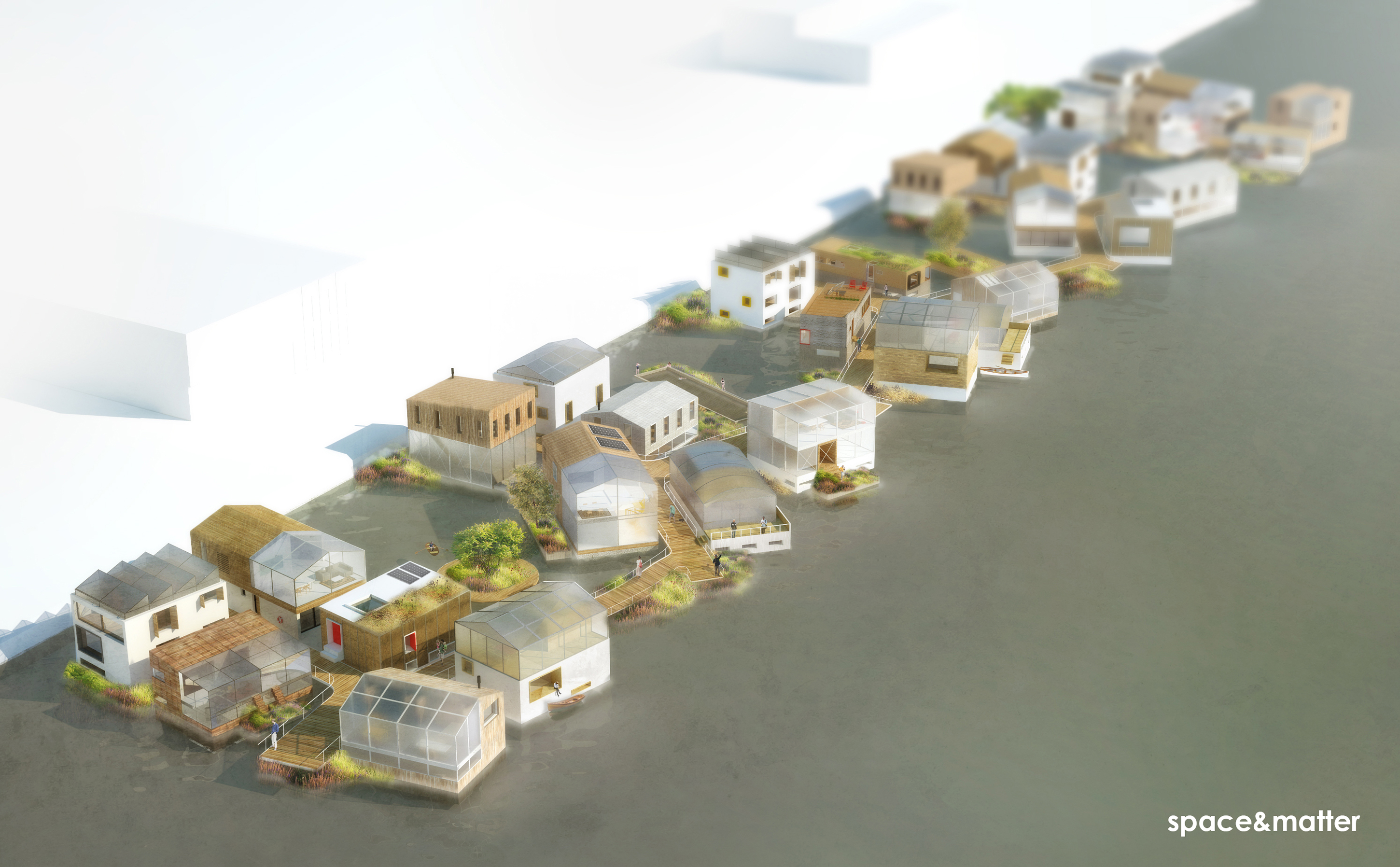»We are betting on energy coops that have substantially more weight than a single household. Possibly, a large energy cooperative could directly interact with the established energy markets,« said Matthias Klein, ITWM staff and project manager for Germany.
The outstanding questions are:
- What coordination mechanisms and technologies are best for the energy cooperatives?
- What is the most efficient use of common energy storage units and what is the best way to flexibly draw on their resources?
Sharing Sustainable Energy in the Neighborhood
One German and one Dutch quarter are serving as pilots for the deployment of this technology. Each has set a different target for the project: In Schoonschip, Amsterdam, 47 floating households are looking for maximum self-sufficiency; they strive to be energy neutral and want to live in the most sustainable floating housing quarter in Europe. The project started in summer 2016 and is managed in The Netherlands by Dr. Michael Kaisers from CWI.
»Alternative energies from solar and wind are subject to natural fluctuations,« said Kaisers. »The demand for energy is also subject to fluctuation, for example, from electric drive vehicles. Our neighborhood project can only be energy neutral and achieve energy self-sufficiency, if we have an intelligent energy network behind us that coordinates the storage and distribution of power among the households.«
The implementation of such a smart grid is also happening in Widdersdorf, Köln. There, in particular, the focus is on maximal cost efficiency for a total of 77 new residential installations.
Funding and Open Access
GRID-Friends is funded by the European Union under the framework of Horizont 2020, a program for research and innovation and is also part of the ERA-NET Smart Grids Plus research initiative. Following the philosophy of »Open Access to Scientific Information« public access is provided to all research results. Similar initiatives in the future will benefit from this project.

